Illinois is a Midwest state with a significant population. In fact, the state has the 6th highest population in the entire country. Moreover, Chicago, Illinois is the third-largest city by population in the country. However, the state’s overall population is falling, down to 12,582,032 in 2022 compared to 12,812,508 during the most recent census.
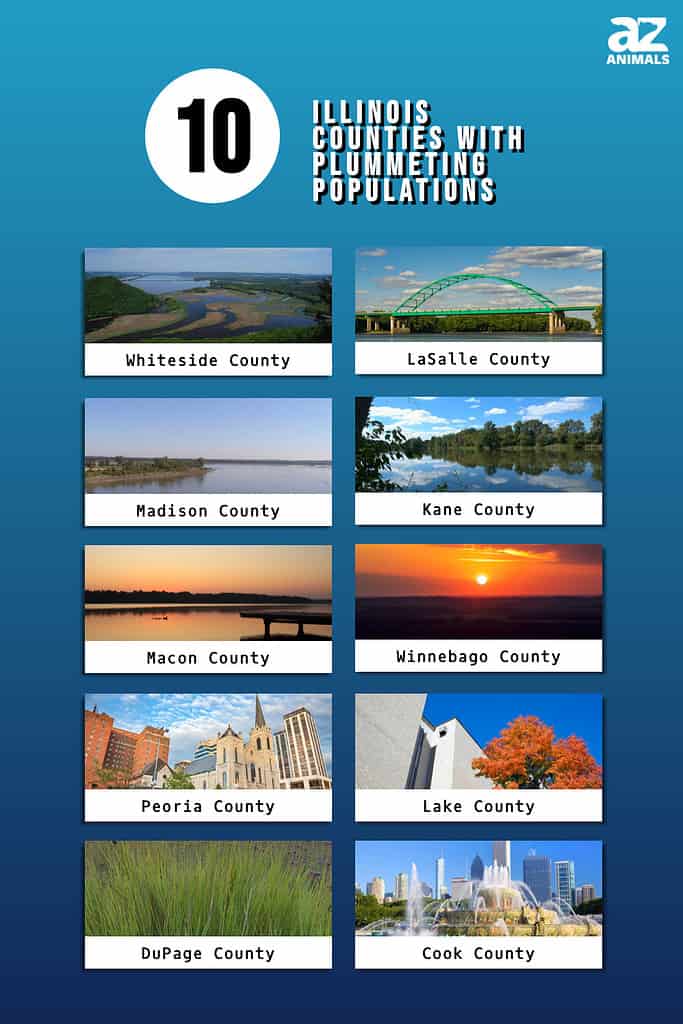
Discover the 10 Illinois counties where populations are plummeting!
10. Whiteside County
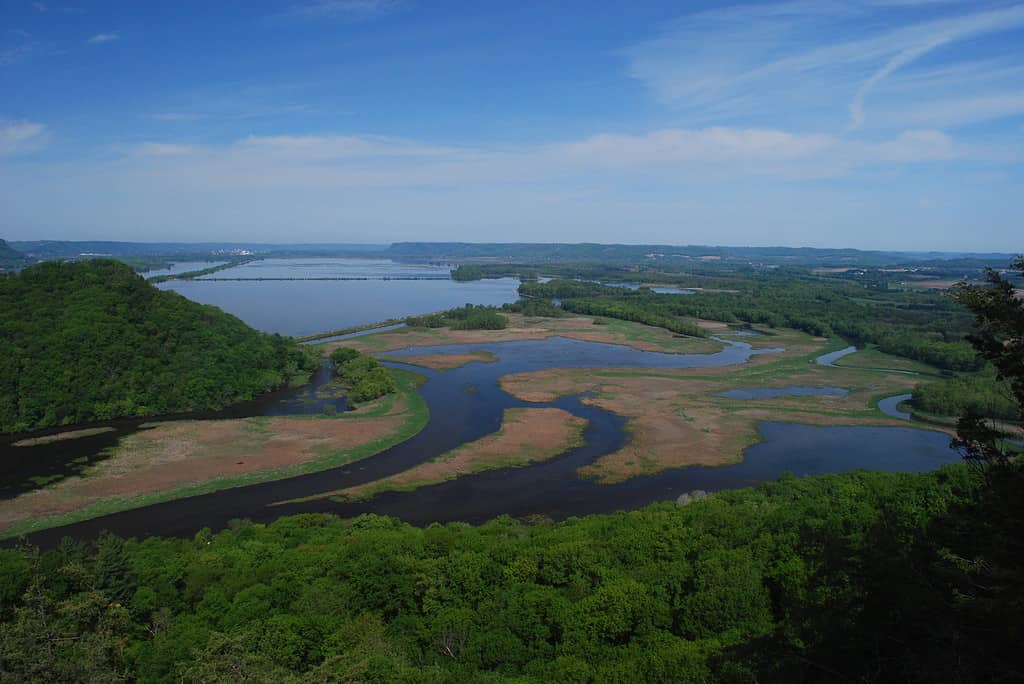
The Mississippi River flows to the northwest of Whiteside County.
| Population Loss | Percent Loss |
|---|---|
| Lost 1,033 Residents | -1.85% |
Whiteside County is in northwest Illinois, and it is bordered by the Mississippi River on its northwestern side. Whiteside County currently has 54,658 people living within its borders. However, the state was home to 55,691 people during the 2020 Census. That means the county has lost a total of 1,033 people during the last two years.
9. LaSalle County

LaSalle County is home to several cities along the Illinois River.
©Eddie J. Rodriquez/Shutterstock.com
| Population Loss | Percent Loss |
|---|---|
| Lost 1,475 Residents | -1.35% |
The 2020 Census shows that the original population in the area was 109,553 people. However, the population shrunk over the following two years. As a result, the 2022 population in the region was 108,078. That is a loss of 1.35% of the residents in the county.
LaSalle County is in northern Illinois, and it is home to several cities along the Illinois River. They include Seneca, Ottawa, Oglesby, and more.
8. Madison County
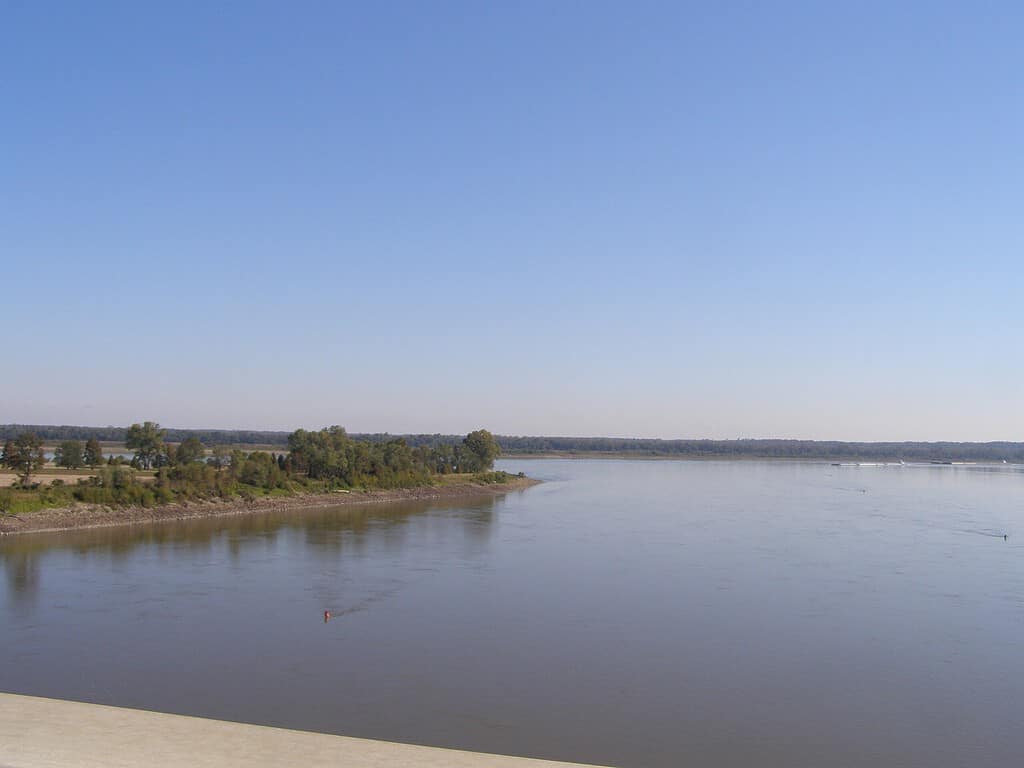
The confluence of the Mississippi River and the Missouri River occurs near Madison County.
| Population Loss | Percent Loss |
|---|---|
| Lost 1,944 Residents | -0.75% |
Madison County is in southwestern Illinois. This region is interesting because it is across the border from St. Louis, Missouri. Also, the confluence of the Mississippi River and Missouri River occurs in the waters near Choteau Township within the county.
The 2020 Census found that Madison County, Illinois was home to 265,858 people. Yet, that population dropped to 263,864 people in 2022. While this is a somewhat small loss, such population declines in Illinois counties add up.
7. Kane County
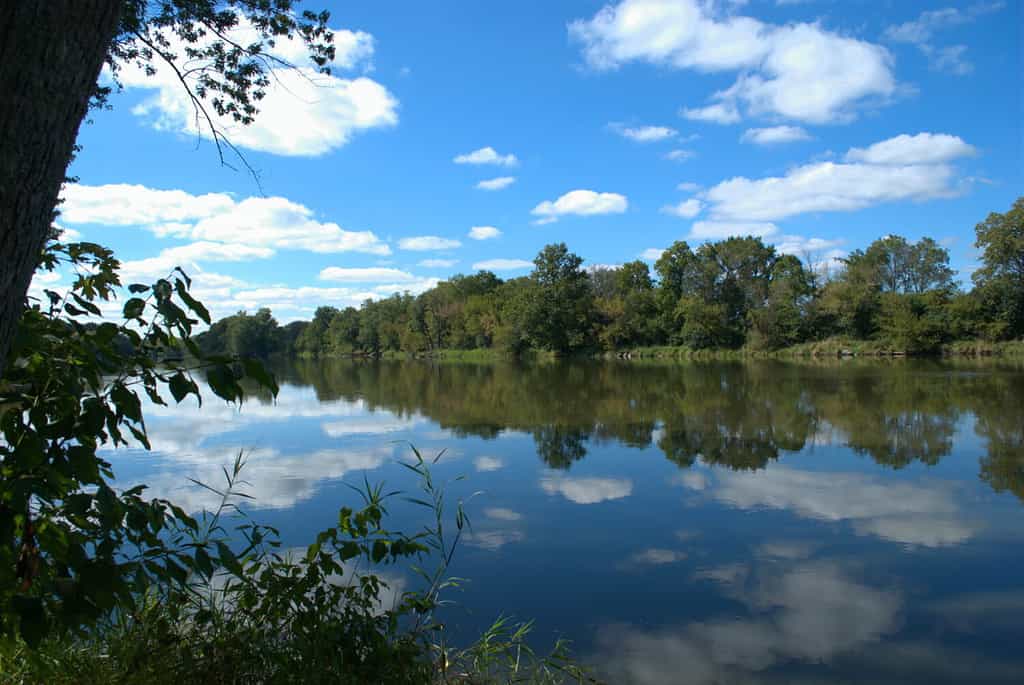
Fox River flows through Kane County, and it has many large towns and cities along its banks.
©Brian Kapp/Shutterstock.com
| Population Loss | Percent Loss |
|---|---|
| Lost 2,338 Residents | -0.45% |
Kane County has the 5th highest population of any county in the state. The county is in the northeastern part of the state, and it has many Chicago suburbs as well as the large city of Aurora. The eastern part of the county is divided by the Fox River.
The 2020 population in Kane County was 516,520 people. By 2022, the population estimate for the region had dropped to 514,182 people in the county.
This is a significant loss of people, but the percentage loss in the county is not that great. Only 0.45% of people have left this county in recent years, so many people still live in this region.
6. Macon County
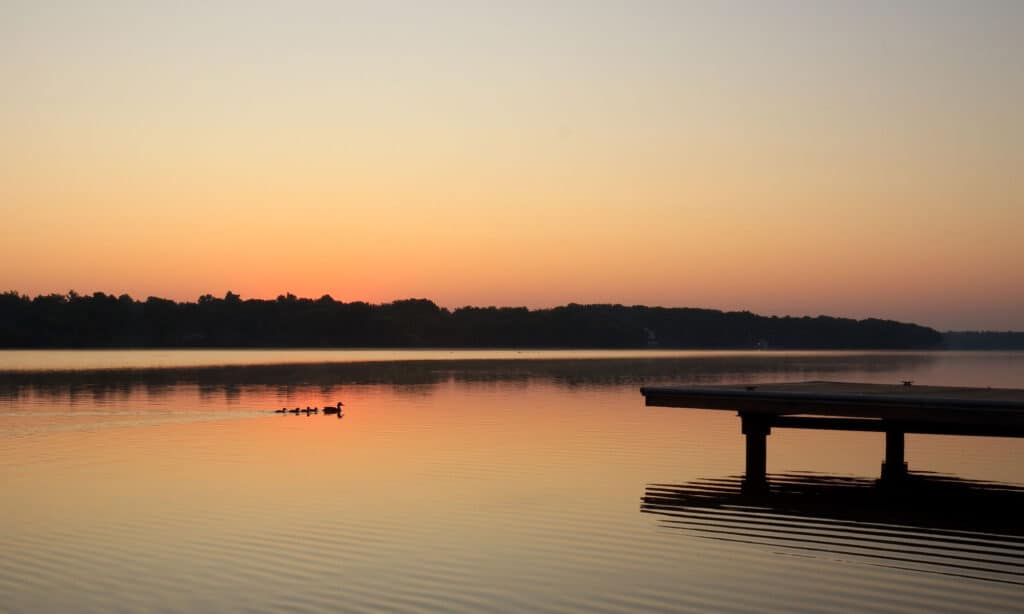
Lake Decatur is a large, beautiful lake in Macon County.
©iStock.com/rwhitacre
| Population Loss | Percent Loss |
|---|---|
| Lost 2,520 Residents | -2.43% |
The population in Macon County in 2020 was 104,003. However, in 2022, the population was 101,483, and this represents a loss of 2,520 people. Macon County is in central Illinois, and its largest city is Decatur. The region is well-known for being home to Lake Decatur, a large lake in which walleyes and striped bass live.
5. Winnebago County

Winnebago County lost over 3,000 people over two years.
©iStock.com/Eifel Kreutz
| Population Loss | Percent Loss |
|---|---|
| Lost 3,162 Residents | -1.1% |
Winnebago County had a population of 285,350 in 2020. The latest estimates of the county’s population say that 282,188 now reside in the county, a loss of over 3,000 people. Winnebago County is in the far northern part of the state, sharing a border with Wisconsin. Rockford is the largest city in this area, and its population alone is nearly 150,000 people.
4. Peoria County

Peoria is the largest city in Peoria County.
©Henryk Sadura/Shutterstock.com
| Population Loss | Percent Loss |
|---|---|
| Lost 3,450 Residents | -1.9% |
The population in Peoria in 2022 was 178,383. This is a sharp decline from the 181,833 people that lived in the county according to the 2020 Census. These losses represent 1.9% of the population in the area, 3,450 people.
Peoria County is in the central part of the state, and it is home to Peoria. This city has a population of about 113,000 people, accounting for much of the population in the county.
3. Lake County

Lake County Administration Building is located in Waukegan, Illinois.
©iStock.com/benkrut
| Population Loss | Percent Loss |
|---|---|
| Lost 5,201 Residents | -0.73% |
Lake County is the northeasternmost county in the state, and it has Lake Michigan to its east and Chicago to the southeast.
Lake County had a population of 714,351 people in 2020. In 2022, the number of people in the county declined to 709,150. That means the county suffered a significant population loss of 5,201 residents. However, the county has a large number of people living in it, so that only equals about 0.73% of the population.
2. DuPage County

DuPage County is west of Chicago, containing many large suburbs of the region.
©Hank Erdmann/Shutterstock.com
| Population Loss | Percent Loss |
|---|---|
| Lost 11,986 Residents | -1.28% |
The estimated population of DuPage County in 2022 was 920,901. That is down from 932,877 people, making this one of the counties with the most significant population losses.
DuPage County is west of Chicago, containing many large suburbs of the region. It is the second-most-populous county in the state. Like Cook County, this area is probably suffering from the impacts of the recent pandemic that drove people away from cities.
1. Cook County

Cook County is home to Chicago.
©dibrova/iStock via Getty Images
| Population Loss | Percent Loss |
|---|---|
| Lost 166,230 Residents | -3.15% |
Cook County is the largest county by population in Illinois. This county is home to Chicago. Like the other Illinois counties on the list, the population in this area is plummeting. The county was home to 5,275,522 people in 2020, but the county dropped to an estimated 5,109,292.
A major reason that this area probably dropped in population is due to the COVID-19 pandemic. People fled cities like Chicago to get away from highly populated areas. The population in this area could recover, but it seems to be trending downward for now.
All in all, populations in Illinois counties are plummeting in certain areas, including the largest counties in the state. Many people left large cities in response to COVID, and others left as their work no longer tied them to a physical location. Either way, the predictions from the U.S. Census Bureau over the next few years will provide insight as to whether this trend is reversing or not.
Summary of the Illinois County Where Populations Are Dropping
| Rank | County | Population Loss | Percent Loss |
|---|---|---|---|
| 1 | Cook County | 166,230 Residents | -3.15% |
| 2 | DuPage County | 11,986 Residents | -1.28% |
| 3 | Lake County | 5,201 Residents | -0.73% |
| 4 | Peoria County | 3,450 Residents | -1.9% |
| 5 | Winnebago County | 3,162 Residents | -1.1% |
| 6 | Macon County | 2,520 Residents | -2.43% |
| 7 | Kane County | 2,338 Residents | -0.45% |
| 8 | Madison County | 1,944 Residents | -0.75% |
| 9 | LaSalle County | 1,475 Residents | -1.35% |
| 10 | Whiteside County | 1,033 Residents | -1.85% |
Thank you for reading! Have some feedback for us? Contact the AZ Animals editorial team.








